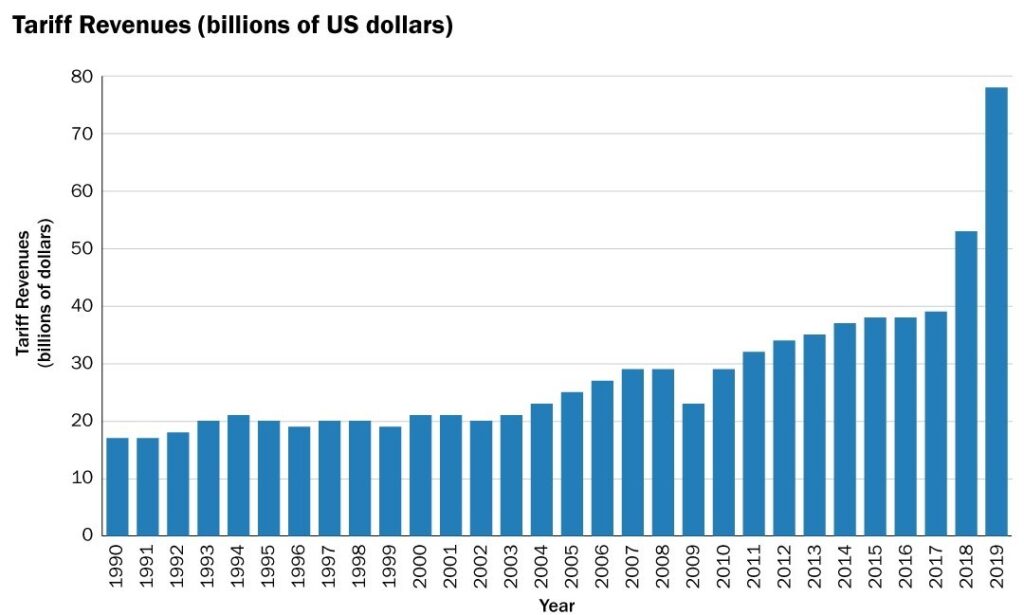Former U.S. President Donald Trump’s tariff policies have long been a contentious issue, shaping international trade and diplomacy. With a renewed focus on economic nationalism, his latest round of tariff implementations in 2025 is expected to have significant consequences on global politics. Here’s how his policies could reshape international relations and economic stability worldwide.
1. Strained Relations with China
One of the most immediate effects of Trump’s tariff policy will be heightened tensions with China. The trade war initiated during his first term saw retaliatory tariffs and diplomatic stand-offs, and a new round of tariffs will likely deepen existing rifts. As both nations attempt to counterbalance economic pressures, global supply chains could face renewed disruptions, further influencing international markets.
2. Economic Shifts in the European Union
The European Union (EU) has historically been a strong economic ally of the U.S., but Trump’s protectionist policies may put this relationship at risk. Tariffs on European goods could prompt the EU to retaliate with its own trade barriers, potentially leading to reduced cooperation on economic and security issues. This shift could drive European nations to strengthen trade ties with China, India, and other emerging economies.
3. Strengthening of Alternative Trade Alliances
With traditional trade partners facing tariffs, many countries may seek alternative trade alliances. Regional agreements such as the Comprehensive and Progressive Agreement for Trans-Pacific Partnership (CPTPP) and the Regional Comprehensive Economic Partnership (RCEP) could see increased participation as nations look to mitigate reliance on U.S. trade policies.
4. Impact on Emerging Markets
Developing economies often rely on stable global trade networks, and sudden tariff impositions can create economic instability. Countries in Latin America, Africa, and Southeast Asia that depend on exports to the U.S. may suffer economic downturns, prompting them to seek financial aid and investments from China and the EU, further shifting global economic power dynamics.
5. Political Polarization Within the U.S.
Trump’s tariff policy could also intensify domestic political divides. While protectionist measures may appeal to industrial workers and manufacturing sectors, they could also lead to higher consumer prices and reduced competitiveness for American exporters. This dynamic could influence the upcoming elections, shaping the political discourse around globalization and economic sovereignty.
Conclusion
Trump’s renewed tariff policies are set to reshape global political landscapes in significant ways. From increasing U.S.-China tensions to the strengthening of alternative trade partnerships, the impact of these economic measures extends far beyond American borders. As countries adapt to these changes, the geopolitical balance may shift, leading to new alliances and economic strategies that define the future of international relations.
Stay tuned for more insights into global economic policies and their political ramifications.
